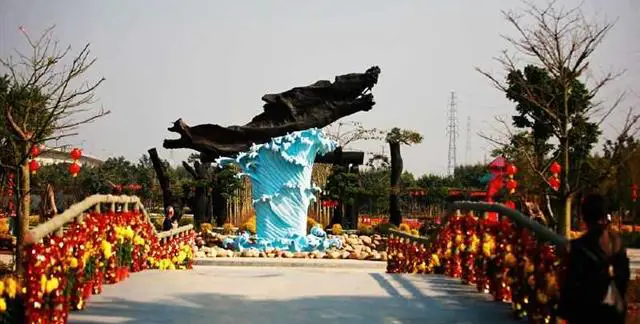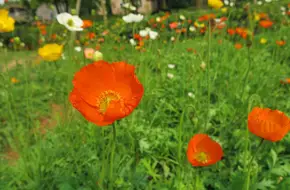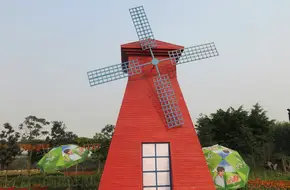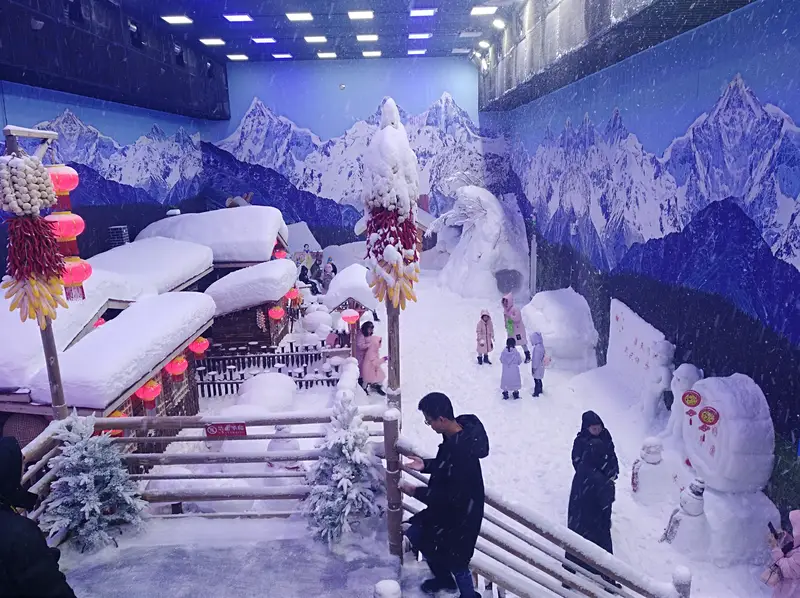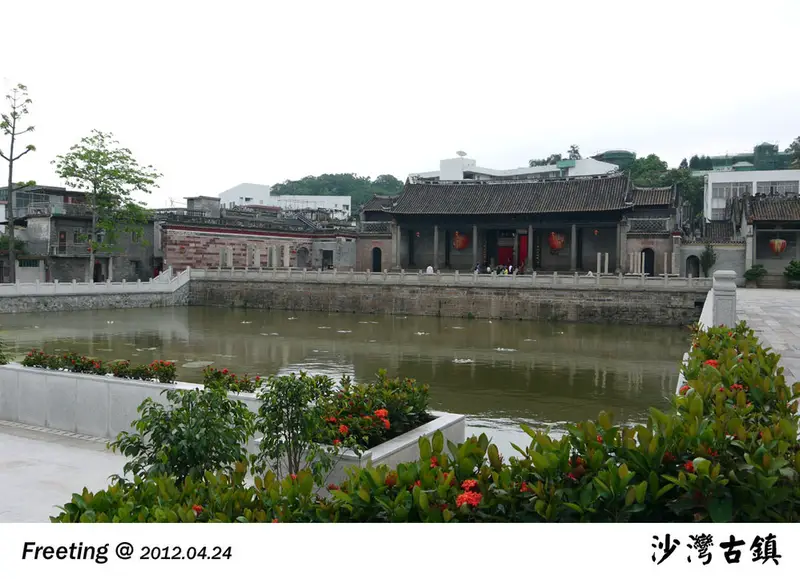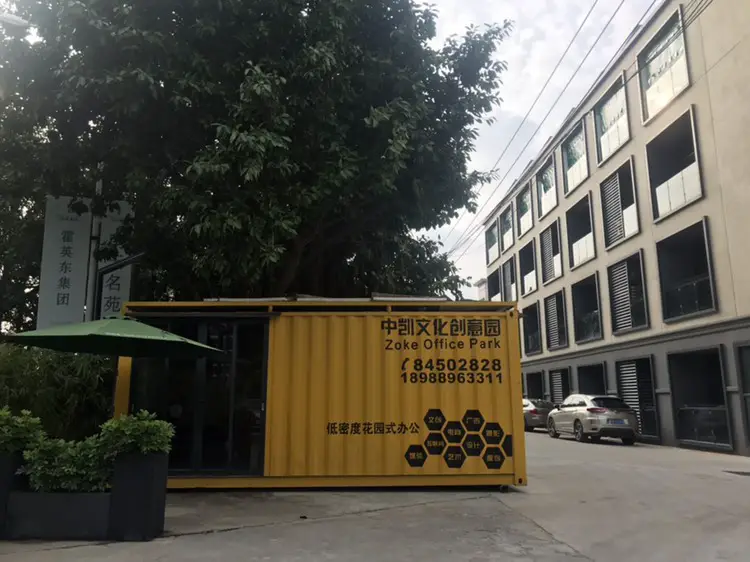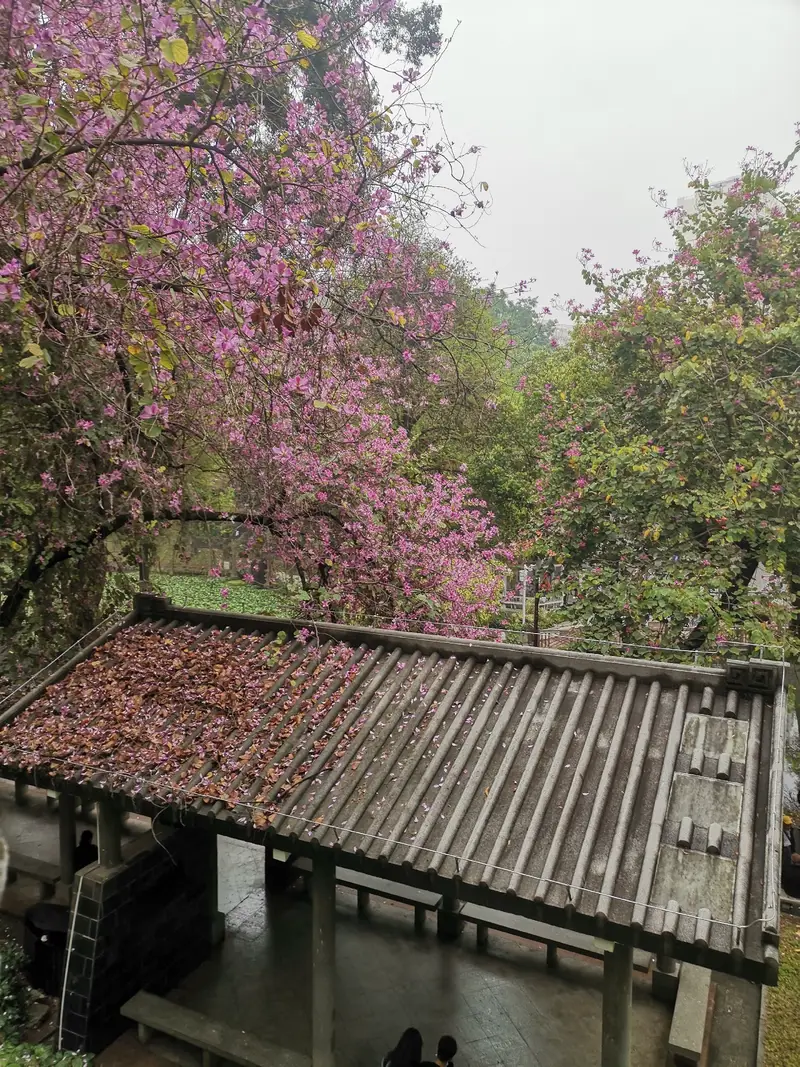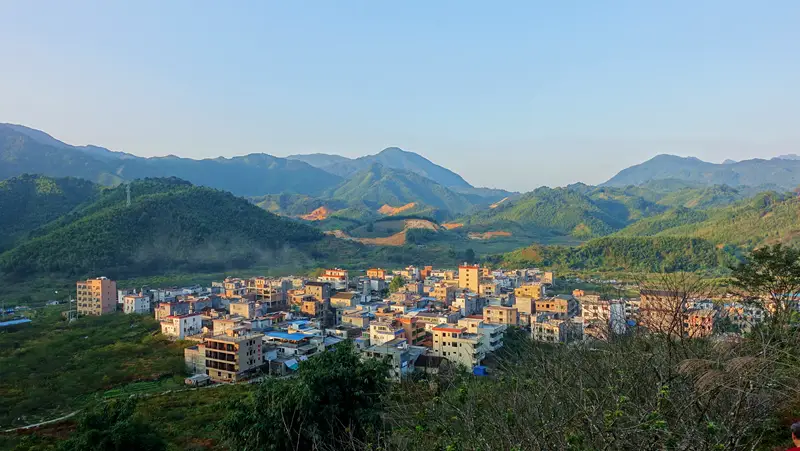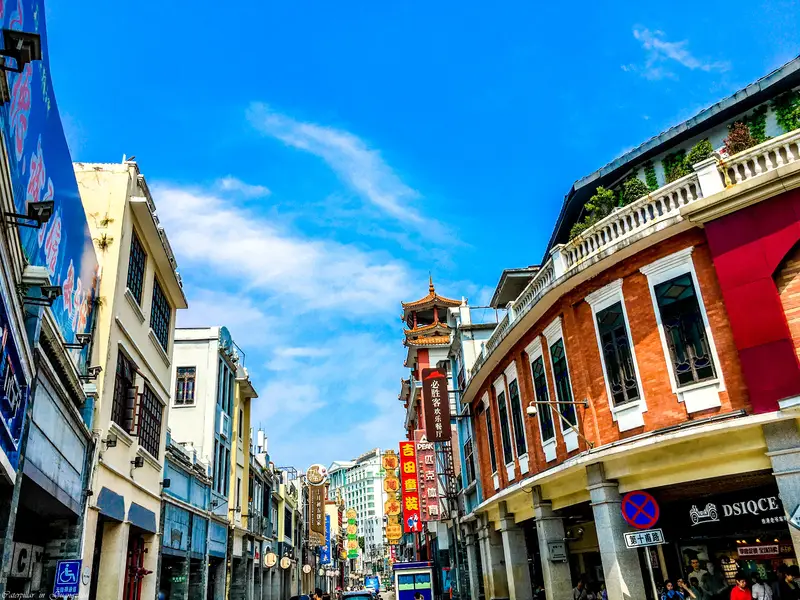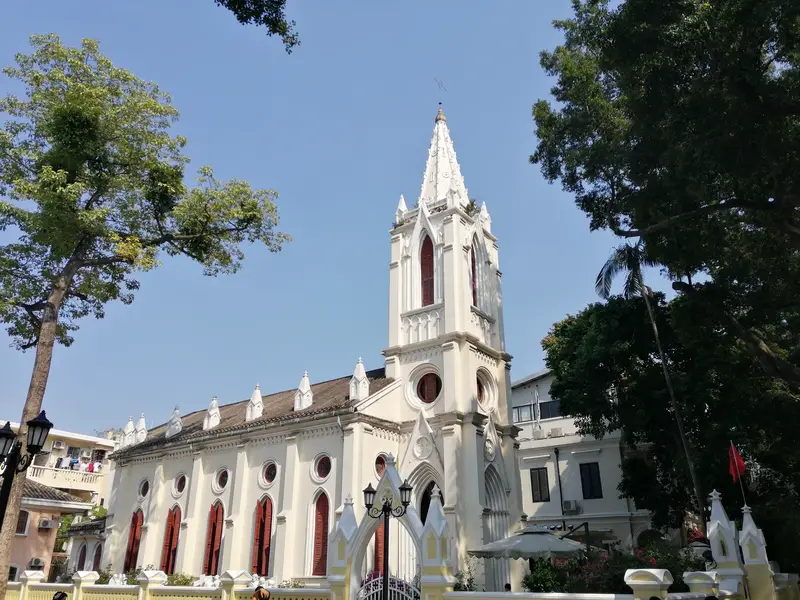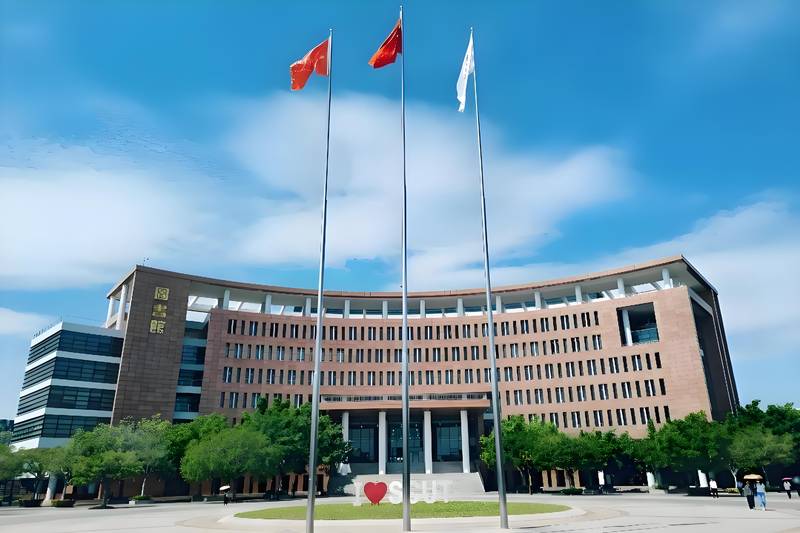Discover Shenmu Cultural Park: A Year-Round Wonderland Near Guangzhou
Location & How to Get There
Shenmu Cultural Park is nestled in the lush outskirts of Guangzhou, located at Caohe Village, Shangnan Street, Panyu District, Guangdong Province. It’s easy to spot near Deyi Bridge, making it a breeze to reach by car or taxi. If you’re using public transport, take the metro to Shiqian Station (Line 3) and hop in a 10-minute taxi ride. The park’s rural setting offers a peaceful escape from the city buzz, yet it’s still conveniently close to downtown Guangzhou.
Natural Landscapes: A World of Ancient Wood & Blooms
Shenmu Cultural Park is famous for its “miracle of nature”—a sprawling collection of ancient, fossilized dark wood (locally called “wumu”) that forms a surreal forest. These massive, twisted tree trunks, some over a thousand years old, create a dramatic backdrop for the park’s vibrant flora.
What makes Shenmu truly unique? From January to March, the park hosts the “Shenmu Wonder Flower Exhibition”, where thousands of anti-season flowers bloom amidst the ancient wood. Imagine walking through a winter wonderland filled with elegant peonies, pink cherry blossoms, firework-like tulips, and roses growing on trees—all thriving in defiance of their usual seasons! The contrast between the weathered, blackened wood and the explosive colors of flowers is nothing short of magical.
Cultural Charm: Festivals & Traditions
Beyond its natural beauty, Shenmu Cultural Park celebrates Chinese traditions with flair. During the exhibition:
- Spring Festivities: In early February, the park lights up with lanterns and ribbons to welcome the Lunar New Year, turning the ancient wood into a canvas for festive decorations.
- Lantern Festival (Yuanxiao): Thousands of red lanterns hang among the trees, while locals enjoy sweet rice balls and traditional dances.
- International Women’s Day (March 8): Cherry blossoms take center stage, with cultural performances and handicraft stalls offering tea-making and calligraphy workshops.
Even if you miss these events, the park’s blend of natural art and cultural symbolism (like stone sculptures and poetry-inscribed plaques) offers a glimpse into China’s love for harmony between nature and humanity.
Facilities: Family-Friendly & Practical
Shenmu Cultural Park is designed for a full-day visit. Here’s what to expect:
- Accessibility: Wide, flat paths wind through the park, perfect for strollers or wheelchairs.
- Dining: Several local snack stalls serve Guangdong-style dim sum and hot drinks, while a lakeside café offers Western light bites.
- Rest Areas: Picnic spots with tables and shaded pavilions let you relax while soaking in the views.
- Kid’s Zone: A small playground and fountain area keep children entertained.
- Souvenirs: Pick up dried flowers, miniature wumu sculptures, or hand-painted silk fans at the gift shop.
Immersive Experience: A Day in Shenmu
Start your visit early morning to catch the cherry blossoms bathed in soft sunlight. Wander through the “Sea of Ancient Wood”—a forest where towering wumu forms archways and tunnels. By midday, grab lunch at the lakeside café while watching ducks paddle across the water.
In the afternoon, join a guided tour (offered in English and Chinese) to learn about the history of the wumu collection and the secrets behind cultivating off-season blooms. Don’t miss the “Rainbow Flower Field”, where tulips and roses create a painter’s palette.
As evening falls, the park transforms with nighttime lighting. Lanterns glow along the pathways, and the ancient wood takes on an almost mystical atmosphere. End your day with a cup of chrysanthemum tea at a lakeside stall, watching the stars reflect on the water.
Tips for Your Visit
- Best Time: Early January to mid-March for the flower exhibition (arrive weekdays for fewer crowds).
- What to Wear: Comfortable shoes are a must—the park is vast! Bring a hat and sunscreen for sunny days.
- Photography: Morning light works best for flower shots, while sunset creates stunning silhouettes against the wumu forest.
- Hidden Gem: Look for the “Love Lock Tree”—a symbolic spot where couples leave padlocks on a wooden bridge.
Whether you’re a nature lover, culture enthusiast, or family travel


